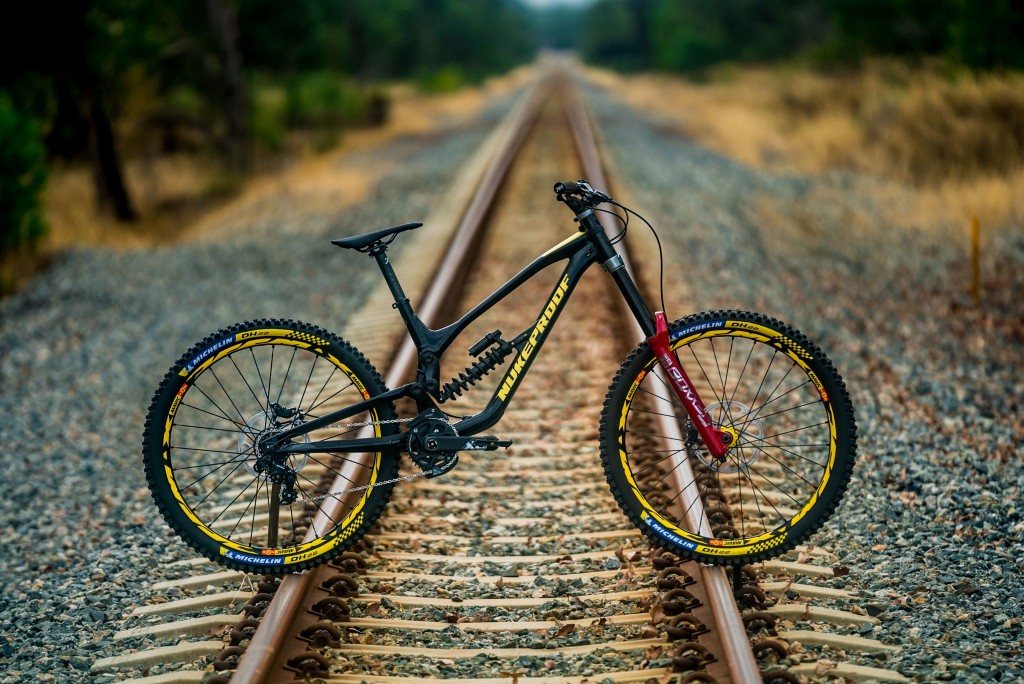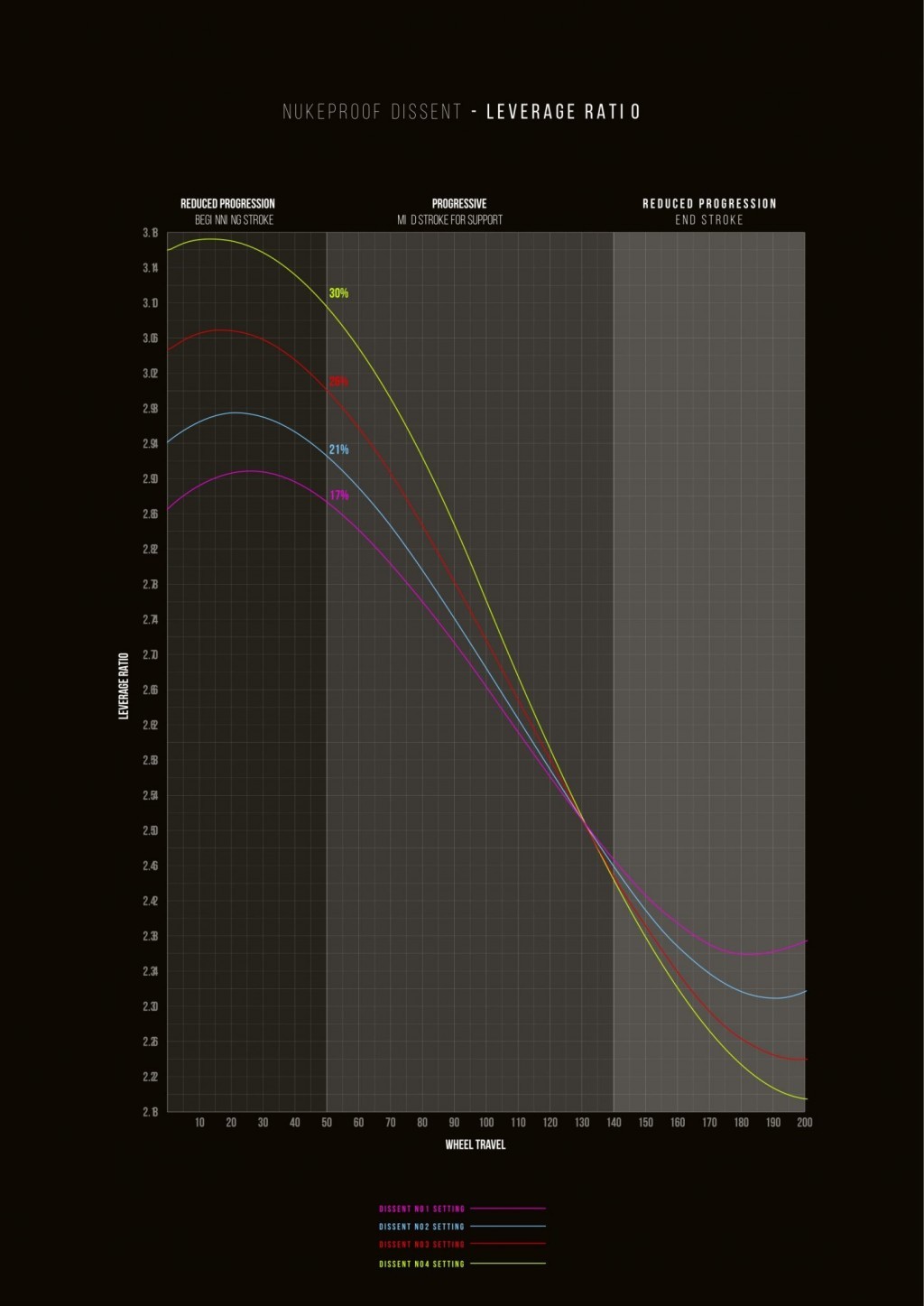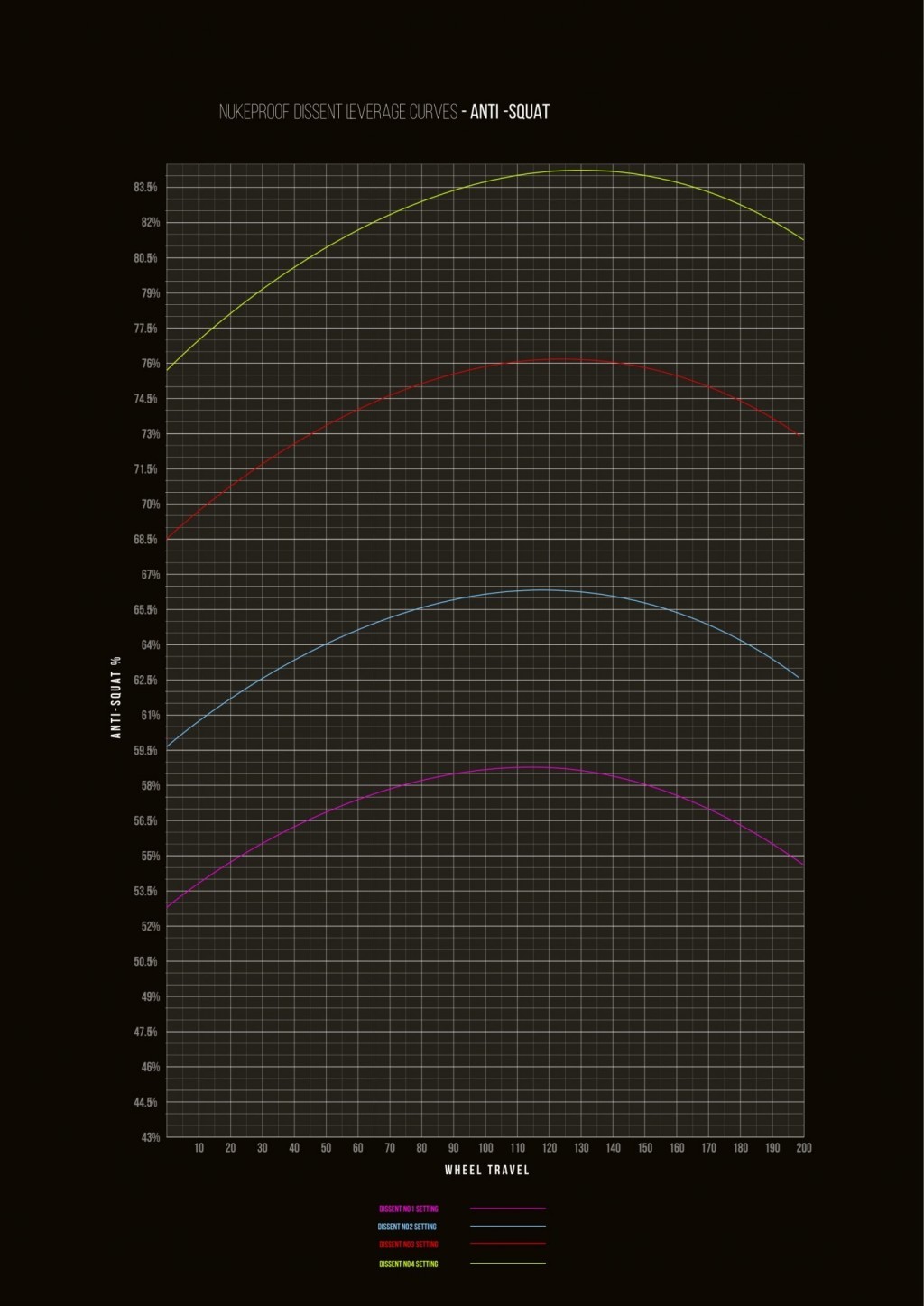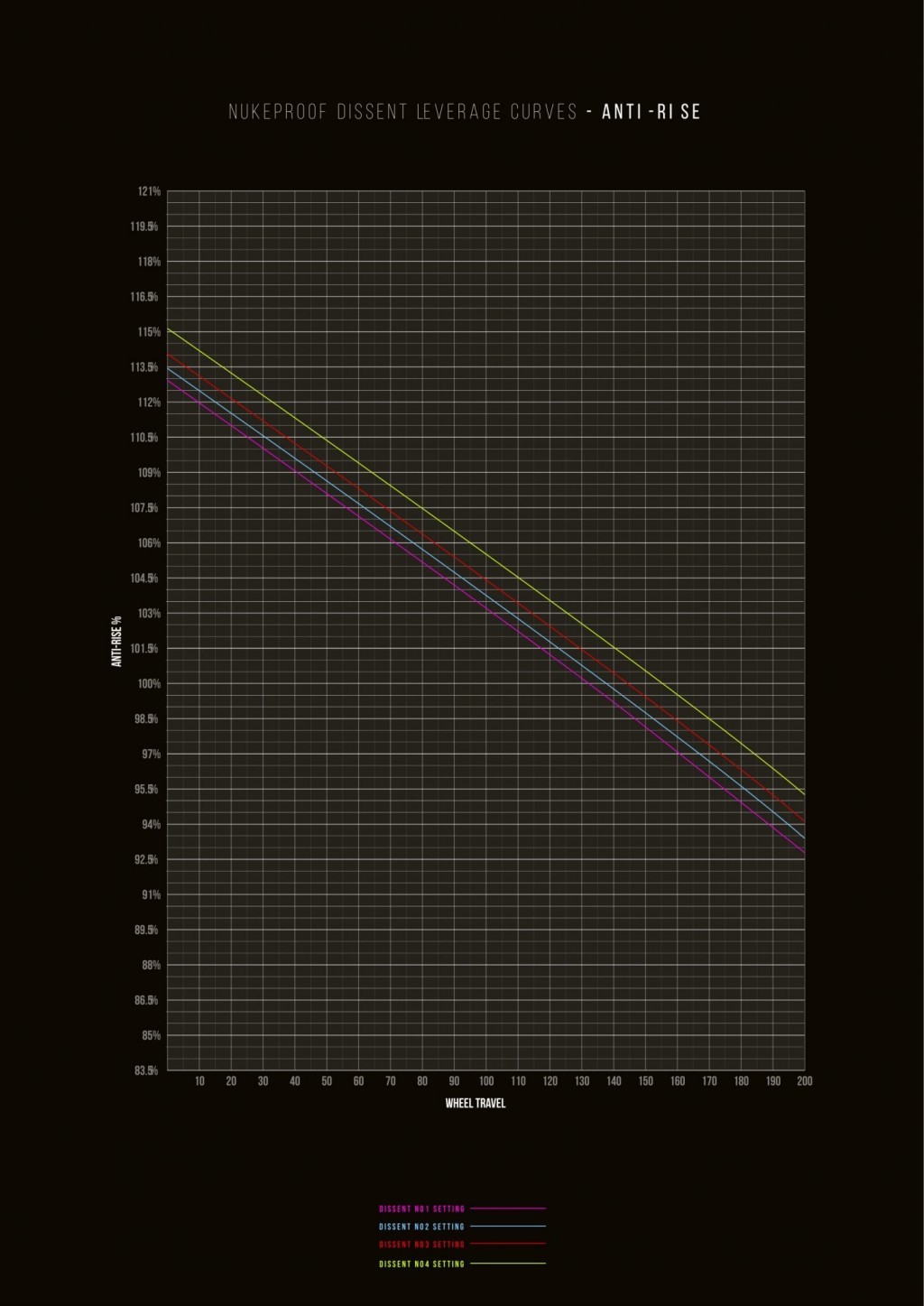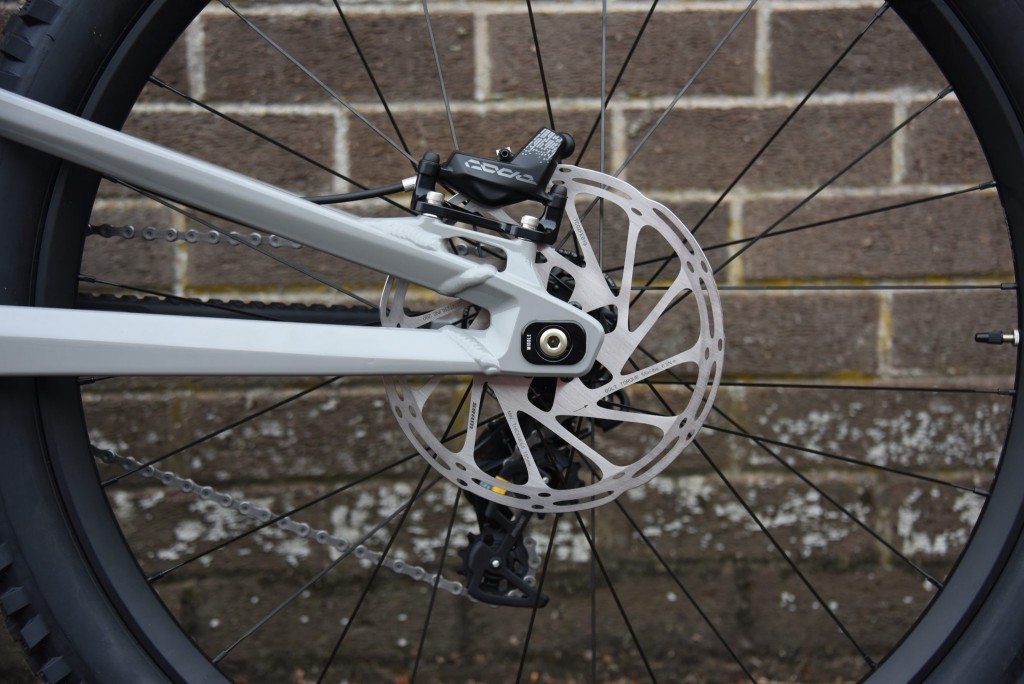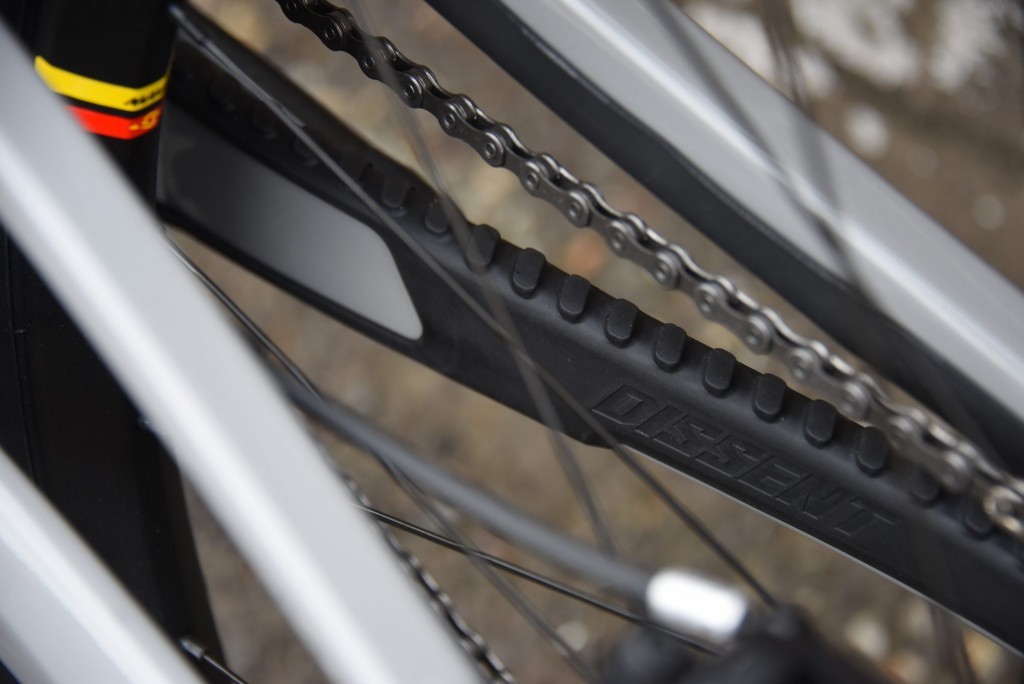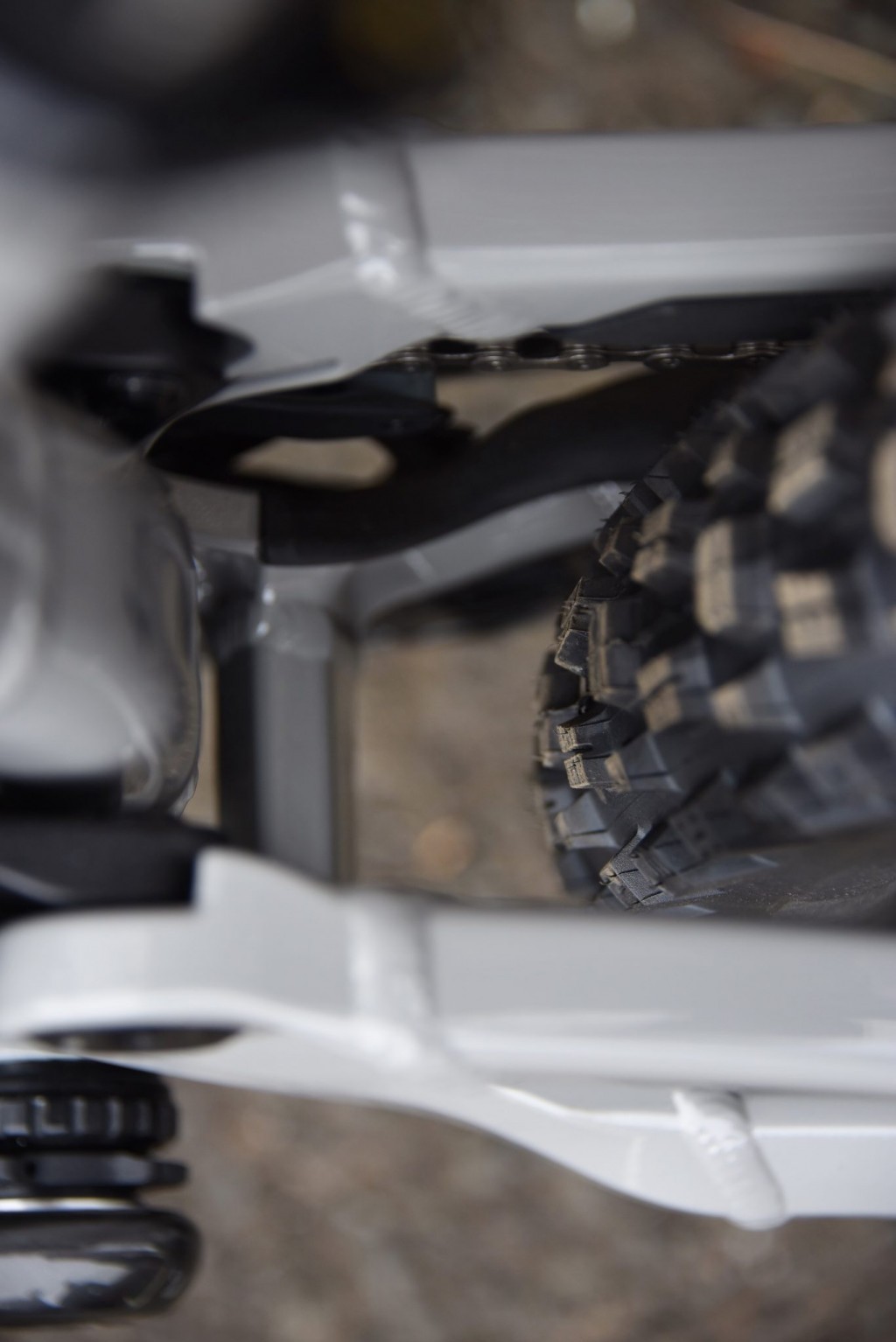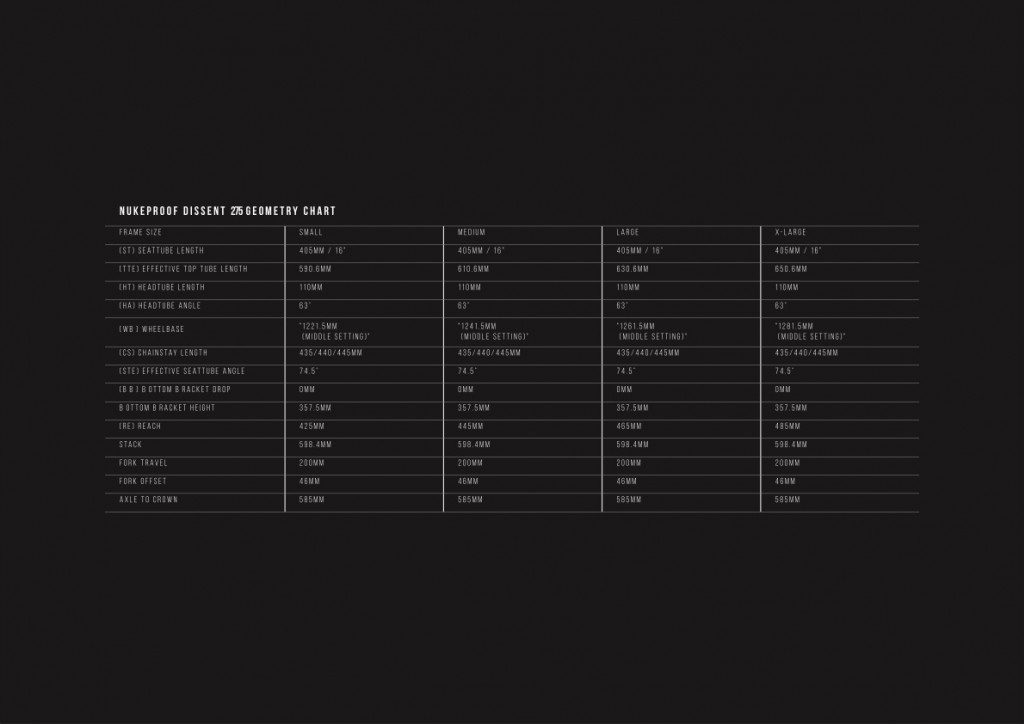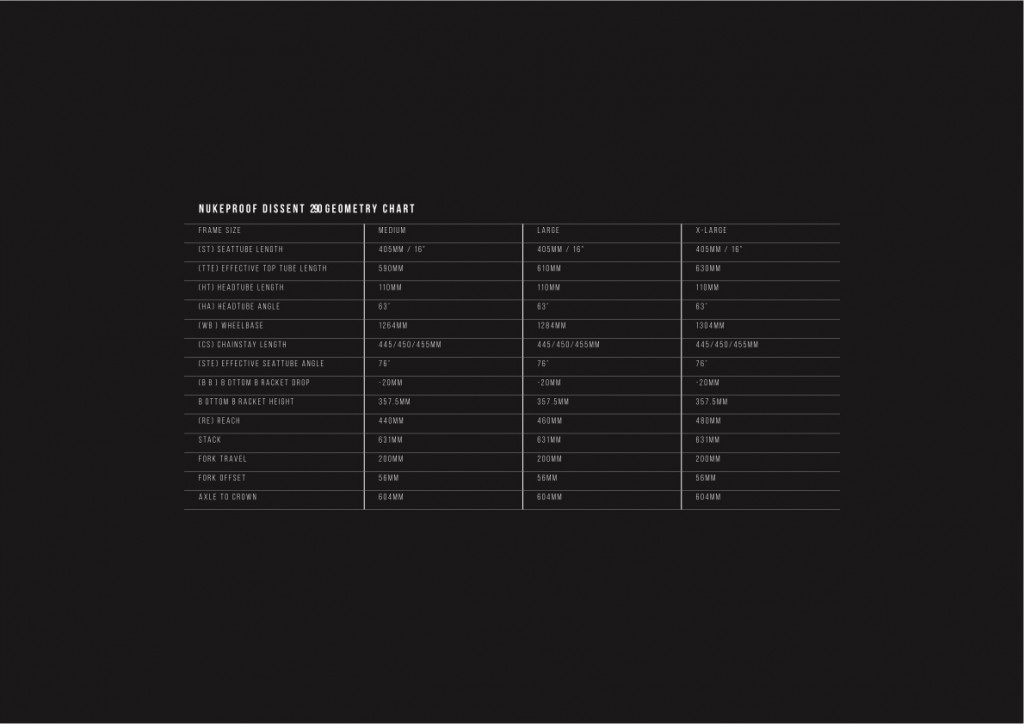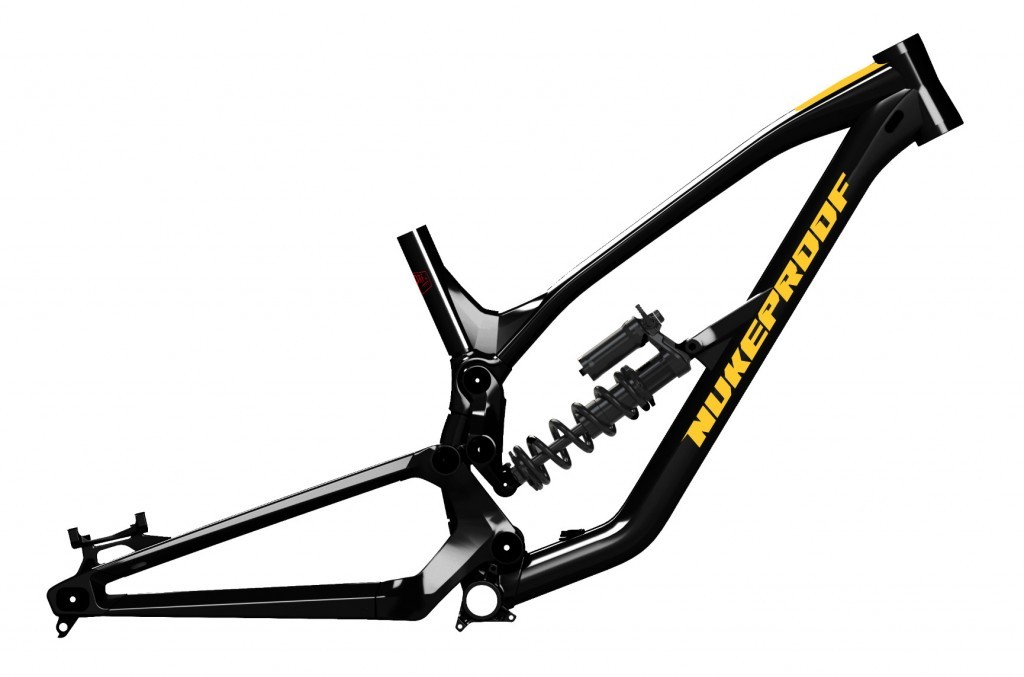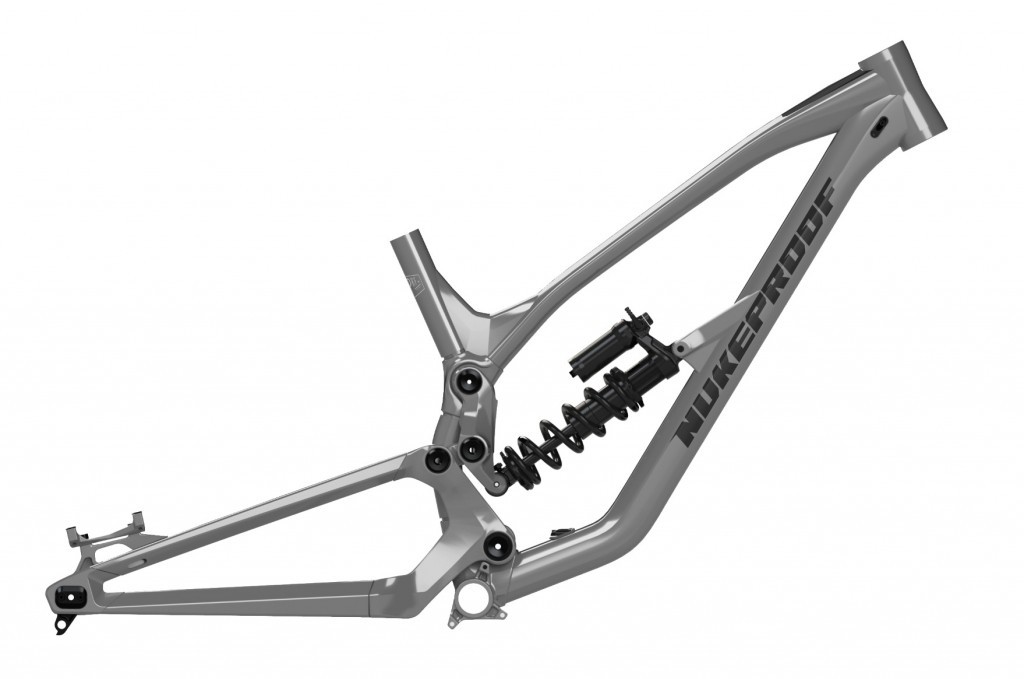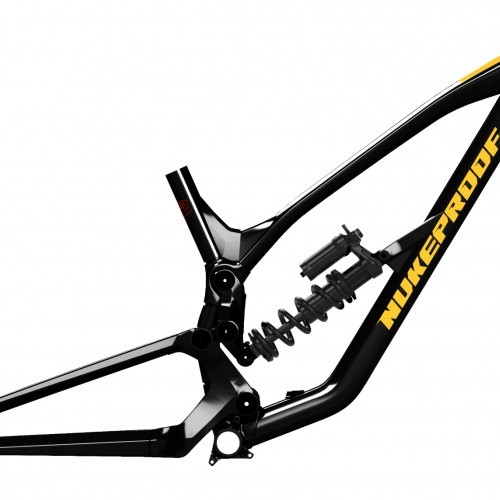
New Nukeproof Dissent 275 & 290
Fri 31st May, 2019 @ 6:30 pm

Win a GO3 Camera by Insta360 this issue in our FREE subscriber prize draw.
Along comes a new DH beauty from Nukeproof and with it a supreme showing of slaying skill from Sam Hill. Now watch this drive!
Nukeproof bikes has always had racing in its DNA. It comes from being developed and tested in conjunction with the world’s fastest racers. Their DH bikes have gone through several iterations since the original Scalp back in 2012; each essentially evolving from the last. The new Nukeproof Dissent makes the exception and after nearly 7 years of using our highly successful Fallout linkage, the new Dissent breaks the trend, taking on a new linkage platform design.
The Dissent platform was originally conceived by our engineers as a concept to test several progression curve theories at once. However, in turning the theory into reality, we created something much better than expected, and the prototype won on its international debut at Crankworx festival’s Garbanzo Downhill race with Sam Hill.
We’re proud to introduce the Nukeproof Dissent frames, which will be coming to Nukeproof retailers in November. More info on the complete bikes will be released closer to the time.
Dissent Details
- Intended Use: Downhill
- Wheel size: 27.5” or 29”
- Travel: 27.5”- 200mm Rear, 200mm Front / 29”- 190mm Rear, 200mm Front
- Material: Hydroformed 6061 Triple-Butted Aluminium
- Sizes: 27.5”- S,M,L,XL / 29”- M,L,XL
- Price: RRP £1999.99 (GBP)
- Weight: 3.95kgs (w/o shock)
Suspension Design and Frame Details
The new DISSENT platform may look quite similar to the Pulse frame at first glance, but if you dig a little deeper it is actually quite different. There were several main changes we wanted to make:
- Simplify the design, to drop the weight and increase the front triangle stiffness.
- Increase the mid stroke support to make the bike pump better, sit higher in the travel, improve stability in corners and improve the liveliness of the ride.
- Improve the leverage rate and make the bike more progressive.
Structurally the most obvious change is that the rocker link is now positioned on the outside of the seat tube, rather than tucked inside a clamshell as before. This allows us to drop a fair bit of weight whilst increasing the frame stiffness at the same time.
The suspension platform also now uses a push rather than a pull link. This helps to reduce the loads and stresses on the frame again helping to further save weight and improve durability. The result of all of this is that the Dissent frame has shed 400g over the Pulse.
The most interesting feature is the least obvious. The main pivot flip chip is designed to essentially work like a bottomless token but for a coil shock. In other words, we have designed 4 main pivot positions, which alter how progressive the suspension is. Cleverly the geometry and travel do not change between positions. Note: The sag difference between each setting is around 1% so you should not need a different spring rate for each unless you are already at the upper or lower end of the scale.
It is not uncommon for different world cup riders to want a slightly different characteristic to one another depending on factors such as their riding style and whether they run flat pedals or not. With this feature you can get a similar result by simply loosening the main pivot and changing the position.
Position 1. 17% Progression – This is the setting that is most similar to the Pulse frame but with more mid-stroke support. It starts with the least progressive rate off the top, has the most mid stroke support and then ramps up the least at the end. Interestingly this is the position that Sam Hill prefers. This is also the one that he raced in at the Garbonzo race at Crankworx 2018.
Position 2. 21% Progression – This is what we consider to be the Goldilocks position. (Its’s just right!) I.E. It suits most riders most of the time and as a result this is the setting we recommend and will ship the bike in.
Position 3. 26% Progression – This is the position that Adam Brayton prefers and has raced to several medals already this year. If it is progressive enough for “Gas to Flat” himself, then it is probably progressive enough for you too!
Position 4. 30% Progression – It starts with the most progressive rate off the top (Most supple over small bumps), has the least mid stroke support but then ramps up the most at the end. This is the setting that we would use for riding a bike park with loads of braking bumps and massive jumps/drops.
We believe that low anti-squat but good mid stroke support is a winning combo.
Position 1. Position 1 has the lowest anti-squat, but it also has the most mid stroke support. Therefore, it still pedals great.
Position 4. Position 4 in contrast has the highest anti-squat but also has the least mid stroke support. Therefore, it still pedals great.
Around 100% – A balanced amount of Anti-rise to allow some squat when braking hard into a corner to maintain rider position whilst still offering a good amount of pressure through the tyre into the ground and ensure traction under hard braking.
A Flip Chip is used at the rear axle to allow for 5mm adjustment between settings. 27.5” – 435, 440, 445mm/ 29” – 445, 450, 455mm
3D Contoured Rubber Frame Protection for Down tube, Chain Stays and Seat Stays.
Mud Clearance has been designed with the worst UK weather conditions in mind.
Other Key Information
- Headtube: 49mm Semi-Integrated
- Cable Routing: Internal
- BB: Threaded 83mm BSA
- Rear Hub: Boost 157x12mm
- Rear Axle: Nukeproof M12x1.75 198mm
- Chain Guide: ISCG05
- Brake Mount: 200mm Direct Post
Geo and Sizing
27.5″ wheeled bikes are available in S, M, L and XL sizes, while the 29er offers M, L, and XL. This gives a total range of reach from 425mm up to 485mm with enough small gaps between so riders can easily size up if they choose to do so.
The 27.5” and 29” frames are two totally different, compromise-free, unique frames that were designed and developed at the same time. Wheels size choice really comes down to personal preference and your riding style but we think you will be fastest on the bike that fits you best. If you have the range to ride a 29” bike without the rear wheel getting in your way, then this will probably be the fastest option for you. This means that taller riders may gravitate towards the 29” version and smaller riders will pick the 27.5”.
Colours
Dissent frames will be available in 2 colour options; Concrete Grey/Dark Grey or Black/Yellow.


